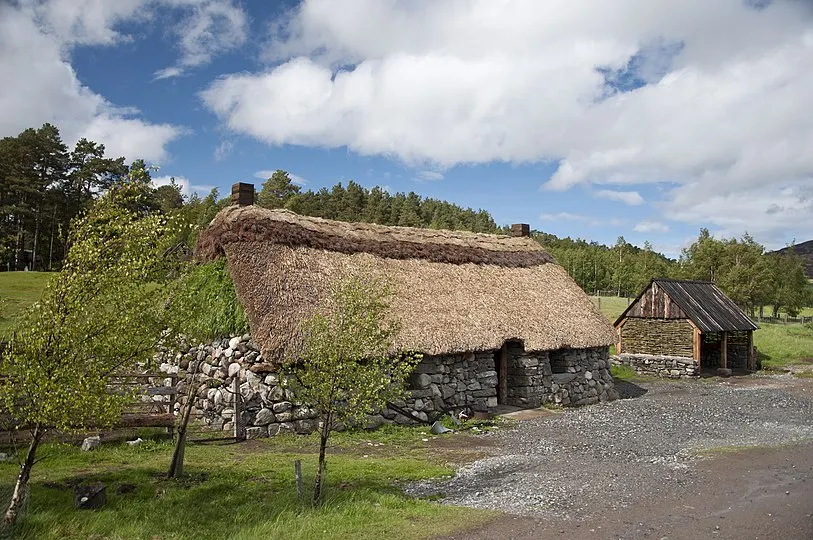How Did They Deal with Past Plagues?
Note this is post No. 3 of a series of 4 to start at the beginning CLICK HERE Continue to Post 4 at the bottom
Want a quick video instead? Click here
The incubation period of the Plague was only between 4 and six days. On being identified, the whole household was ordered to lock down (to use a 21st-century phrase), a red cross daubed on the front door, and there they stayed until they either got over it or died.
Every day, usually late at night or early in the morning, the dead-cart would pass by with the chorus of ‘Bring out your dead! bring out your dead!’.
If there was anyone left alive indoors to hear the cry, and if they had the strength, they did.
The dead were then carted off for burial in mass graves, or plague pits, as they became known. The Great Pit at Aldgate and another in Finsbury fields were the two most used.
The modern notion that Gravesend in Kent marked the extent of these pits, is almost certainly a misinterpretation. The name, Gravesend, dates back to the Domesday Book of 1086 as Grafsham meaning a ‘place at the end of the grove’.
The King, Charles II had evacuated London with his family to Oxford. Indeed all those wealthy enough to escape the pestilence had left the famous diarist Samuel Pepys, to paint a vivid picture of the deserted streets, apart from those too poor to go.
They also took the plague into the country with them.
Mentions of How Did They Deal with Past Plagues?
carried at all times to give protection from the Black Death, have carried on into modern-day lore. Today, judges still carry nose-gays to ‘ward off the Plague’ on ceremonial occasions.
The children’s Nursery rhyme, ‘Ring-a-ring-of roses’, is often, though mistakenly, claimed to relate to the course of the disease. But we now know, it can only be traced back to Victorian times. It was the twentieth century that saw a rise in the determination to relate children’s nursery rhymes to historical events.
We know that the evacuation of London saw a spread of the virus. For those of you who know York, you will remember its ancient walls with the grassy banks below. These are the grave pits of Plague victims there. They were buried outside the city walls and under a goodly amount of soil. Later in 1833, they would similarly dispose of cholera victims here. Buried in specially founded graveyards, again outside the city wall, in the hope of whatever caused the disease couldn’t clear the wall and so infect the rest of the population.
There is one little tale of self-effacing bravery I would like to mention that comes from the village of Eyam in Derbyshire.
It seems that a traveller bought a basket of laundry into the village. That laundry proved to be infested with fleas, and the main carrier of the Black Death. This resulted in the whole village becoming contaminated.
The Rector of Eyam, Edward Mompesson, a man of immense character and humanity by all accounts, persuaded the villagers not to flee. He felt that this would spread the contagion. So, he encouraged them to stay at home until the pestilence had passed.
It cost 80% of the village their lives, including Mompesson’s wife. It also prevented a savage loss of life throughout Derbyshire. Even to this day over 350 years later the villagers still remember the bravery of their forefathers on the last Sunday in August.
Plague Tomb. Eyam, Derbyshire


